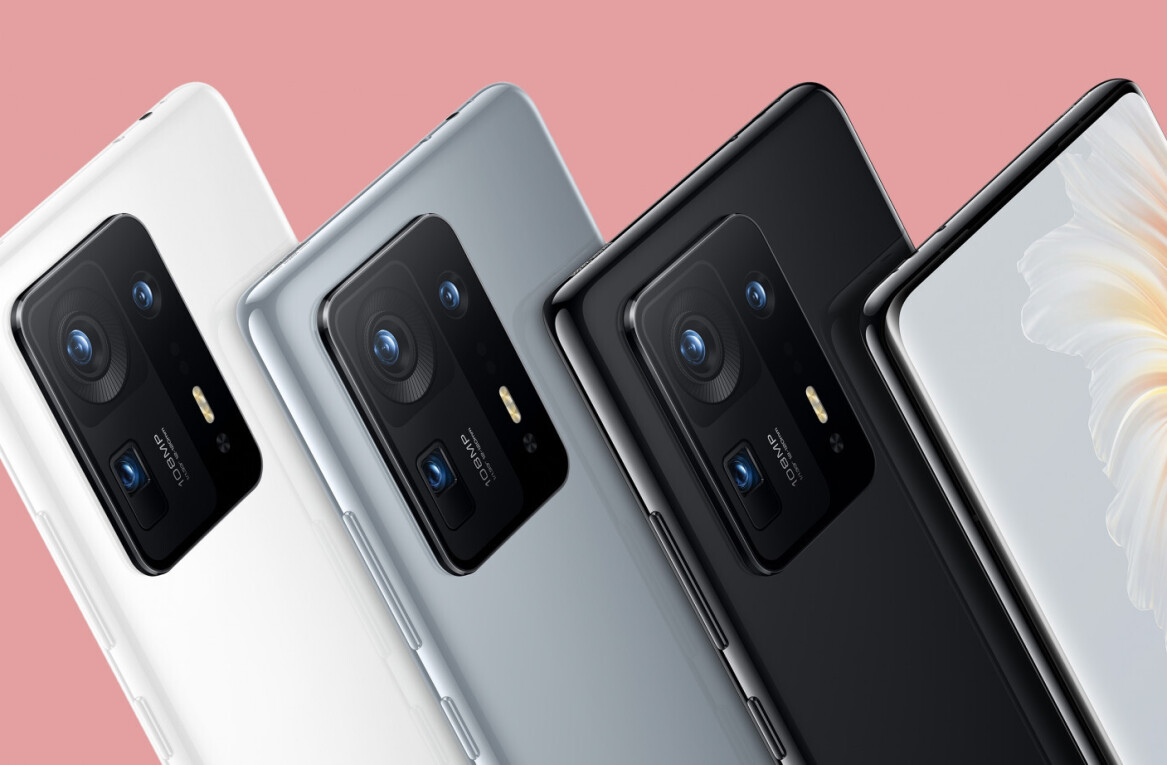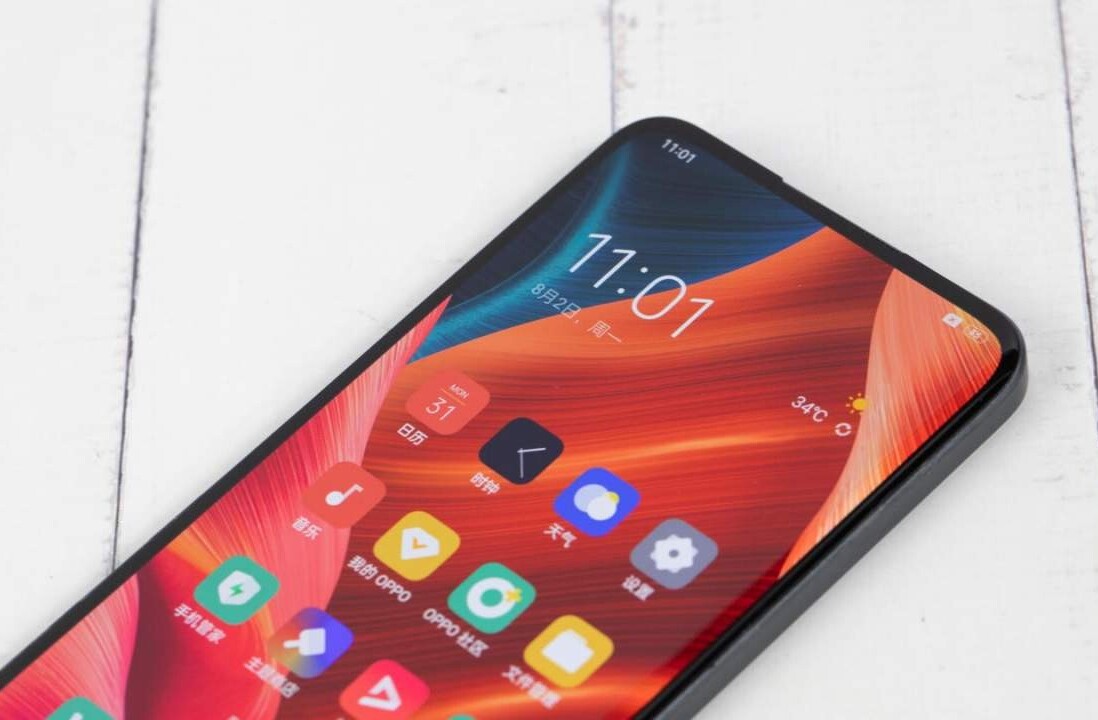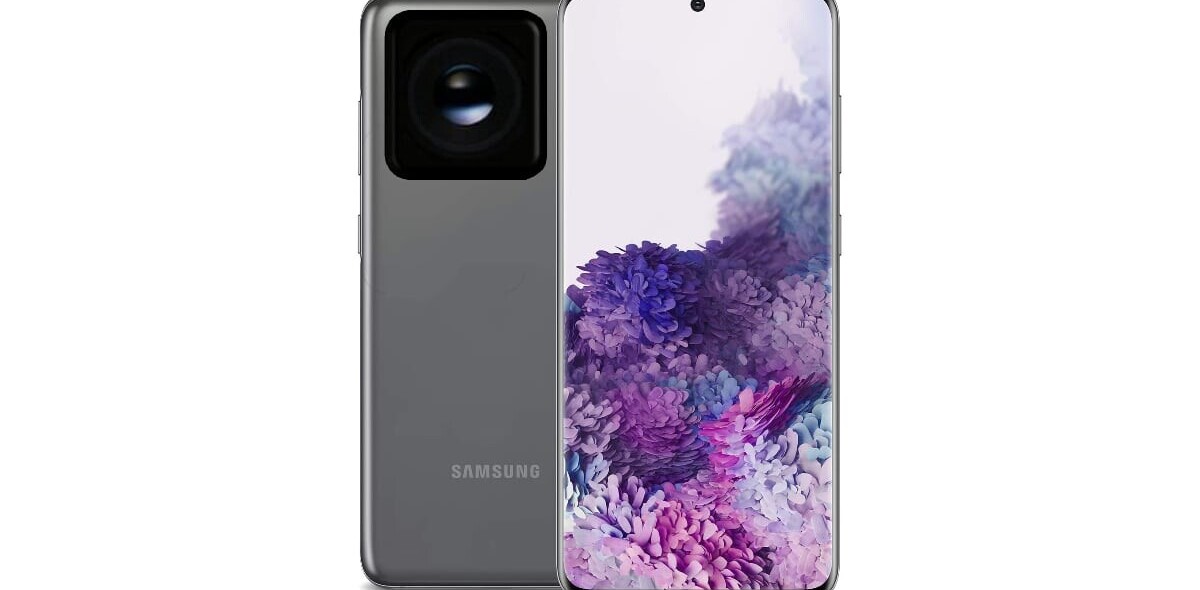
Welcome to TNW Basics, a collection of tips, guides, and advice on how to easily get the most out of your gadgets, apps, and other stuff.
Remember when phones had a single camera on them? Normally on the device’s rear? Now, concentrate, and try to conjure a mental picture of them…
… THEN THROW THAT IMAGE IN THE TRASH, WE’RE IN MULTI-CAMERA WORLD NOW, BUSTER.
Yes, we now live on a planet where your everyday mobile phone probably has a variety of lenses on the back — and we’re here to help you understand what they all do.
We’ve already looked at a time-of-flight (ToF) camera and the functions of a telephoto lens, but today we have something different. So, one-and-all, let’s find out what the hell your phone’s wide-angle lens does.
Pray tell, what does the wide-angle lens on my phone do?
We’ve mentioned before that modern phones use their array of lenses to take a range of shots. The device and its software then combines these images into the single super picture you see on your screen.
The part a wide-angle plays in this is, unsurprisingly, width.
In other words, a wide-angle lens gets as much as possible in a shot. It means that if you’re taking a photo of a big row of people, you won’t have to step back very far to fit them all in.
Some phones these days are going beyond simple wide-angle lenses, and feature ultra wide-angle cameras, with the Huawei P30 Pro and the Samsung Galaxy S10 foremost in this field. Although there’s a technical differentiation between ultra wide- and wide-angle lenses (it’s to do with the focal length width), for the regular consumer, it’s pretty simple: ultra wide-angle lenses can fit more stuff in the shot.
So, there you have it. Next time you’re snapping something quickly with your camera phone, remember it’s the wide-angle lens on the device that’s helping fit everything in without you having to walk backwards. Stay tuned for more explainers about how photography on your phone works.
Get the TNW newsletter
Get the most important tech news in your inbox each week.





